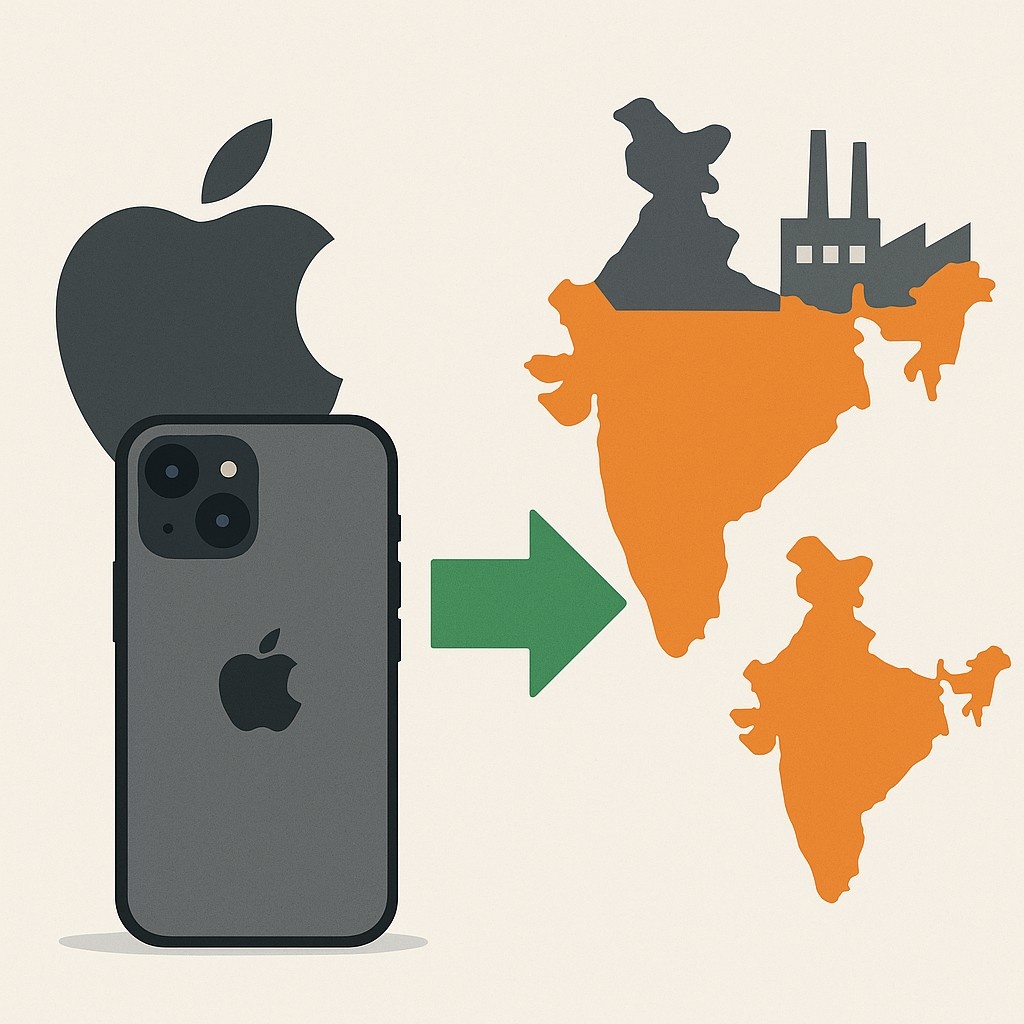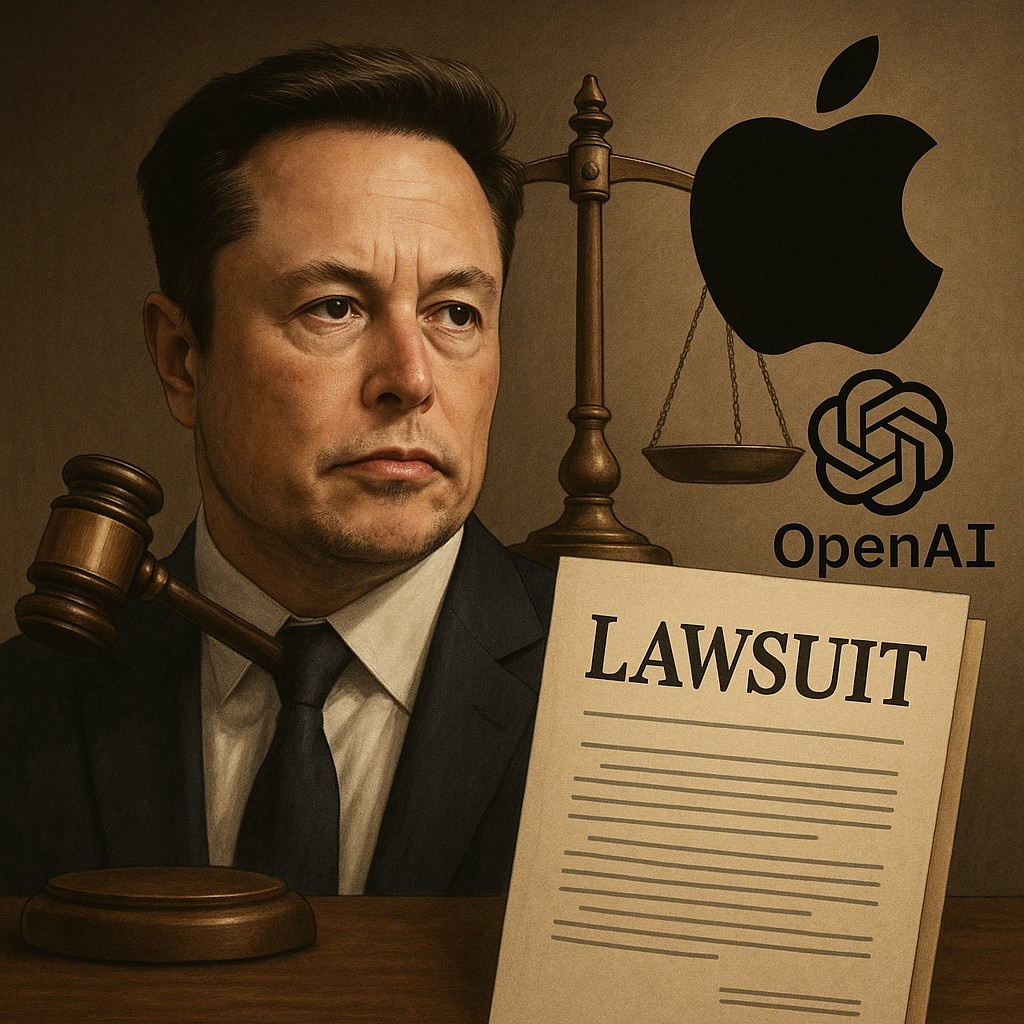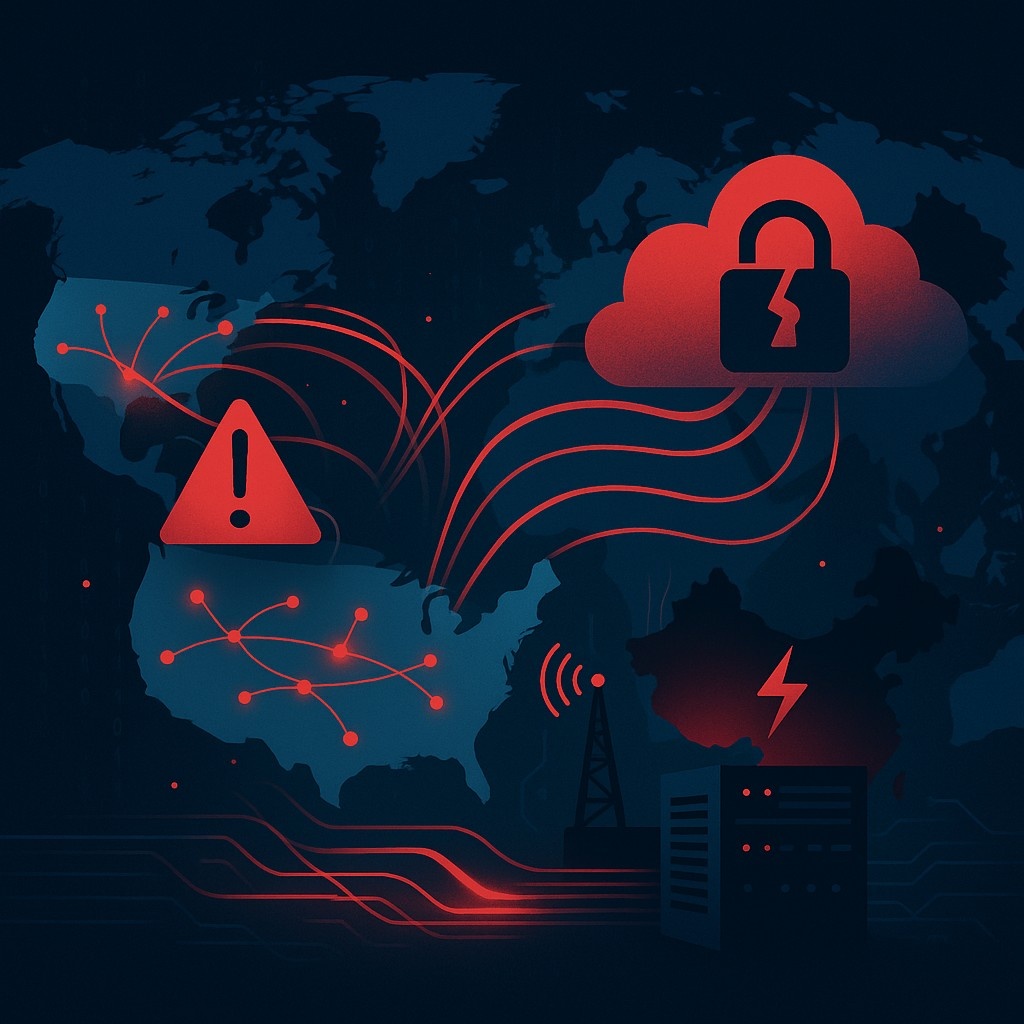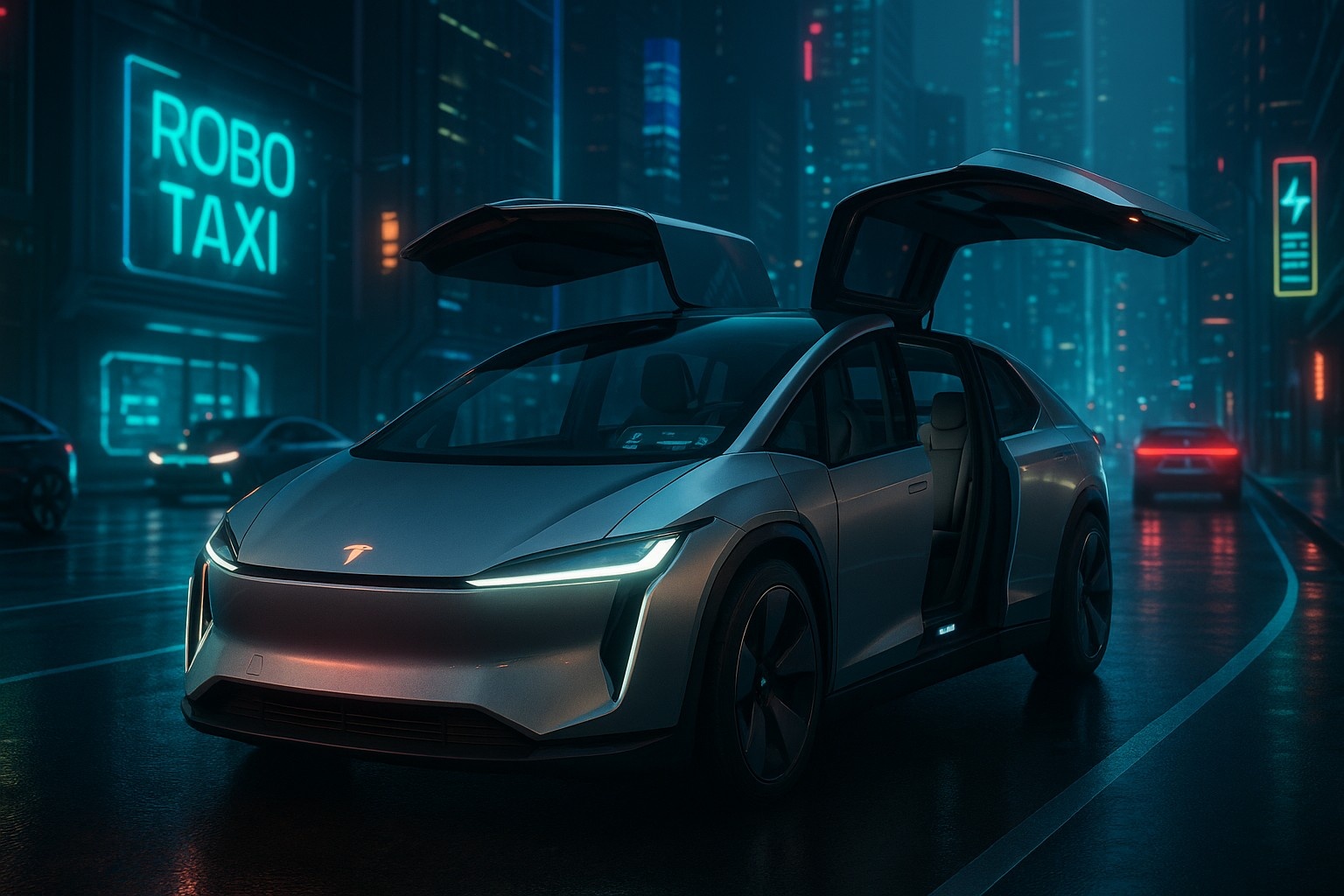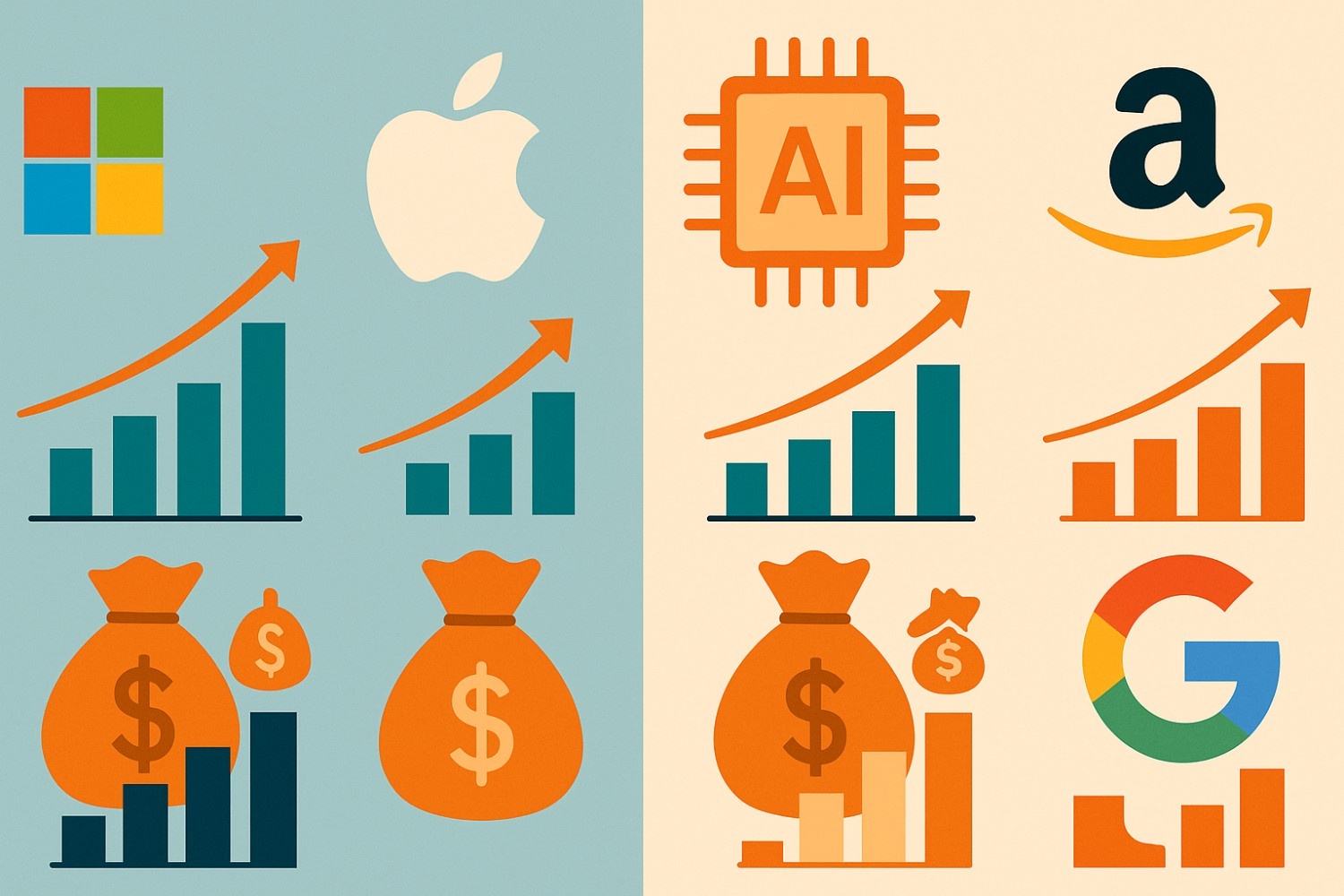Apple Begins Large-Scale Shift of iPhone Production to India After U.S. Tariff Blow
In early May 2025, Apple made one of its most strategic pivots in recent years — accelerating its iPhone production shift to India after being hit with a new wave of tariffs on Chinese imports. The decision, driven by both economic urgency and long-term supply chain strategy, underscores how deeply geopolitical tensions are reshaping global tech manufacturing.
According to sources close to the matter, Apple has already airlifted over 600 tons of iPhones from India to the United States, fast-tracking this shift even before its long-term India infrastructure is fully ready. It’s a bold move — but one that shows how determined Apple is to reduce dependency on China and stay ahead of the growing U.S.–China trade war fallout.
The Trigger: Fresh U.S. Tariffs Hit Apple’s Bottom Line
The latest round of tariffs — introduced under the Trump administration’s revised China trade policy — have targeted a wide range of electronic components, including those crucial for assembling iPhones, iPads, and MacBooks. Even though finished products like smartphones were temporarily exempt, the cost of essential Chinese-made parts jumped overnight by 20%.
Apple, which still relies heavily on Foxconn and Pegatron facilities in China, found itself facing an unexpected $900 million cost increase for the quarter. That’s a hard hit, even for a $3 trillion company.
And while Apple has been planning for years to diversify its manufacturing — including building plants in India, Vietnam, and Brazil — this tariff wave made the shift urgent.
Why India? Why Now?
Apple's decision to double down on India is the result of years of groundwork — and the current crisis just gave it the final push.
- India already hosts iPhone assembly plants via Foxconn, Wistron (now Tata Electronics), and Pegatron.
- The Indian government has aggressively wooed tech giants with its Production-Linked Incentive (PLI) scheme, offering tax breaks and subsidies to manufacturers setting up large-scale plants.
- Labor costs in India are significantly lower than in China — although there are still gaps in infrastructure and supply chain maturity.
In short: India wasn’t ready to replace China overnight, but it was ready enough.
Reports suggest that Apple’s India-based suppliers increased output by nearly 40% in the last six weeks alone. Warehouses were cleared. Flights were booked. Engineers were moved. This was not a casual shift — it was a logistical sprint.
Cook’s Quiet Bet on India Finally Pays Off
Apple CEO Tim Cook, who visited India in 2023 and again privately in 2024, has long viewed India as a strategic partner — both as a manufacturing base and a growing market. But internal concerns around supply chain complexity, local compliance, and skills training had slowed down the ramp-up.
Now, the pressure of tariffs has forced Apple to fast-track everything.
Insiders say the company is now aiming for 40% of all U.S.-bound iPhones to be made in India by early 2026 — a goal that was originally set for 2028. That timeline just got cut in half.
And it's not just iPhones. Apple is reportedly preparing to assemble:
- Entry-level iPads in Tamil Nadu
- Select MacBook Air models for Southeast Asia from Bengaluru
- And AirPods for Europe out of a new Tata-owned facility
The Economic and Political Angle
This isn't just about costs or logistics — it’s a signal to Washington.
By moving more production to India, Apple is:
- Shielding itself from unpredictable U.S. trade policy
- Aligning more closely with Washington’s “friend-shoring” agenda
- And positioning itself as a tech leader that listens to both market and political realities
In return, India gets a win too. Apple’s expansion:
- Boosts local employment — thousands of jobs created
- Increases export revenue
- And strengthens India’s dream of becoming the next "global tech manufacturing hub"
It’s a win-win. But it didn’t come without trade-offs.
Challenges Still on the Table
Even with government incentives and fast expansion, India isn’t China — not yet.
-
_
- Manufacturing costs in India are still 5–8% higher, due to less mature logistics and higher component import taxes.
- Skilled labor shortages in chip packaging and microelectronics are real.
- Supply chain hiccups — like port congestion and power outages — are still hurdles.
Apple knows this. But it also knows that the cost of doing nothing is far higher.
So it’s taking the hit now, investing in training programs, supplier onboarding, and long-term infrastructure, with the goal of making India not just a backup — but a primary node in its global supply web.
What About China? Is Apple Leaving?
Not completely — but the message is clear.
Apple is not abandoning China, but it is reducing its dependence. This diversification effort — sometimes called “Apple’s China hedge” — has been quietly underway for years. What’s changed now is the urgency.
This shift also comes amid:
- Tighter Chinese tech regulations
- Local pressure on foreign firms
- And a recent consumer pushback against U.S. brands in mainland China
Apple is simply reading the room. And responding.
How the Market Reacted
Investors initially worried that the production shift could impact profit margins, especially given India’s higher operating costs and logistics expenses. But those concerns were softened by the fact that Apple’s India-based iPhones are already flowing into U.S. shelves with little to no customer impact.
The company’s stock dipped slightly after the tariff news broke — but stabilized quickly once reports of India’s ramp-up came in.
Analysts now say that Apple’s nimble response may actually boost its brand — showing that it’s not only able to innovate in product design, but also in supply chain strategy.
What’s Next
Apple is expected to:
- Expand its Bangalore engineering hub with more R&D hires
- Launch a manufacturing-focused campus in Tamil Nadu in partnership with Tata
- Begin assembling custom silicon components in India by late 2026
All signs point to a deepening commitment — not just temporary relocation.
Apple also reportedly plans to make India a major export base, targeting not just the U.S. but Europe and Southeast Asia — with future iPhones stamped:
“Assembled in India” — not just as a symbol, but as a strategy.
Final Thoughts
In early May 2025, a trade policy decision thousands of miles away shook one of the world’s most efficient supply chains. And Apple responded — not by lobbying or delaying — but by acting.
By moving fast into India, Apple didn’t just dodge tariffs — it redrew the map of global tech manufacturing.
This wasn’t a shift of convenience. It was a strategic reboot. And it may well define how the next decade of Apple’s global operations — and the future of iPhone manufacturing — is written.
Because in the post-pandemic, post-globalization tech era, one thing is clear:
Those who control their supply chains, control their future.
